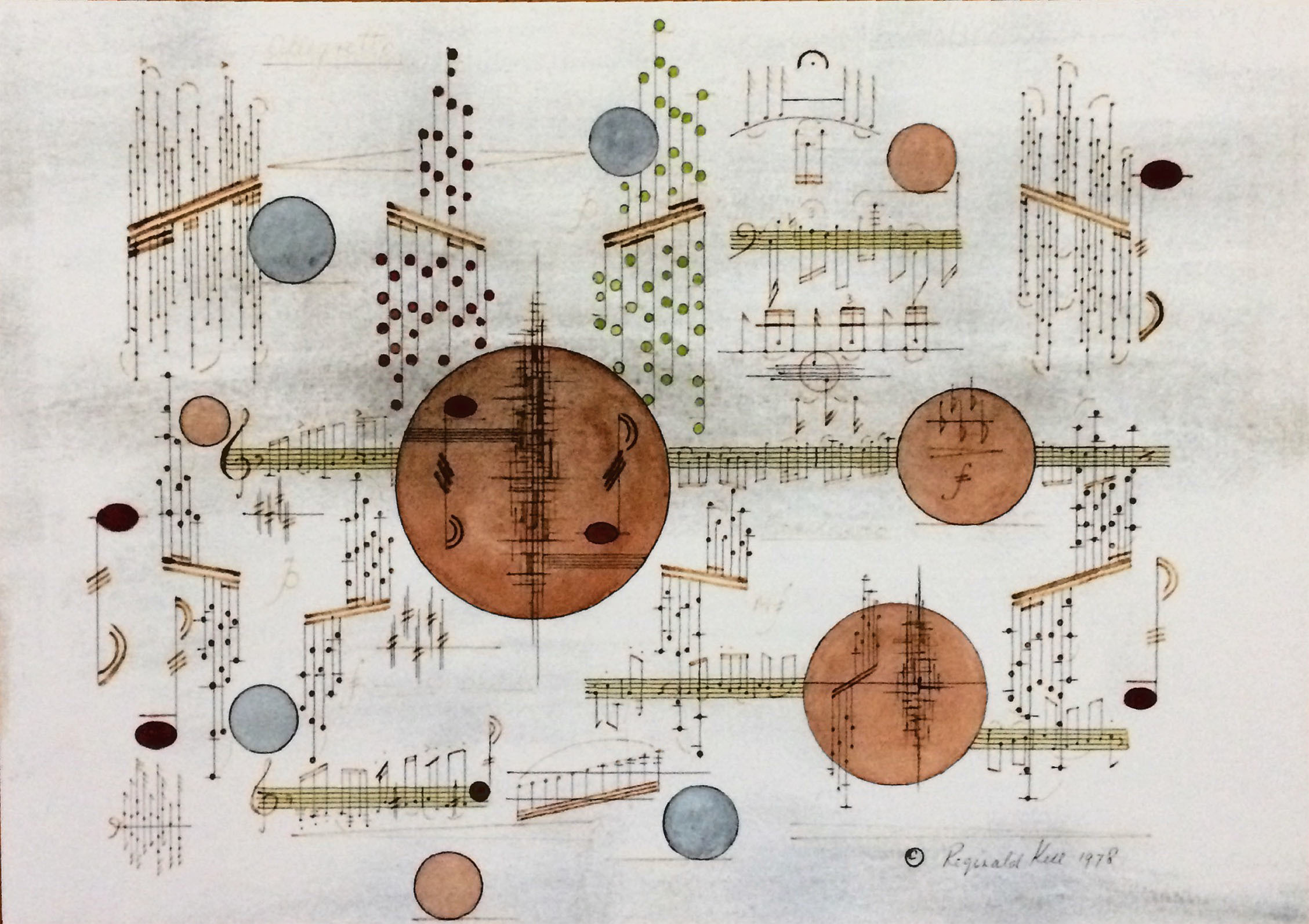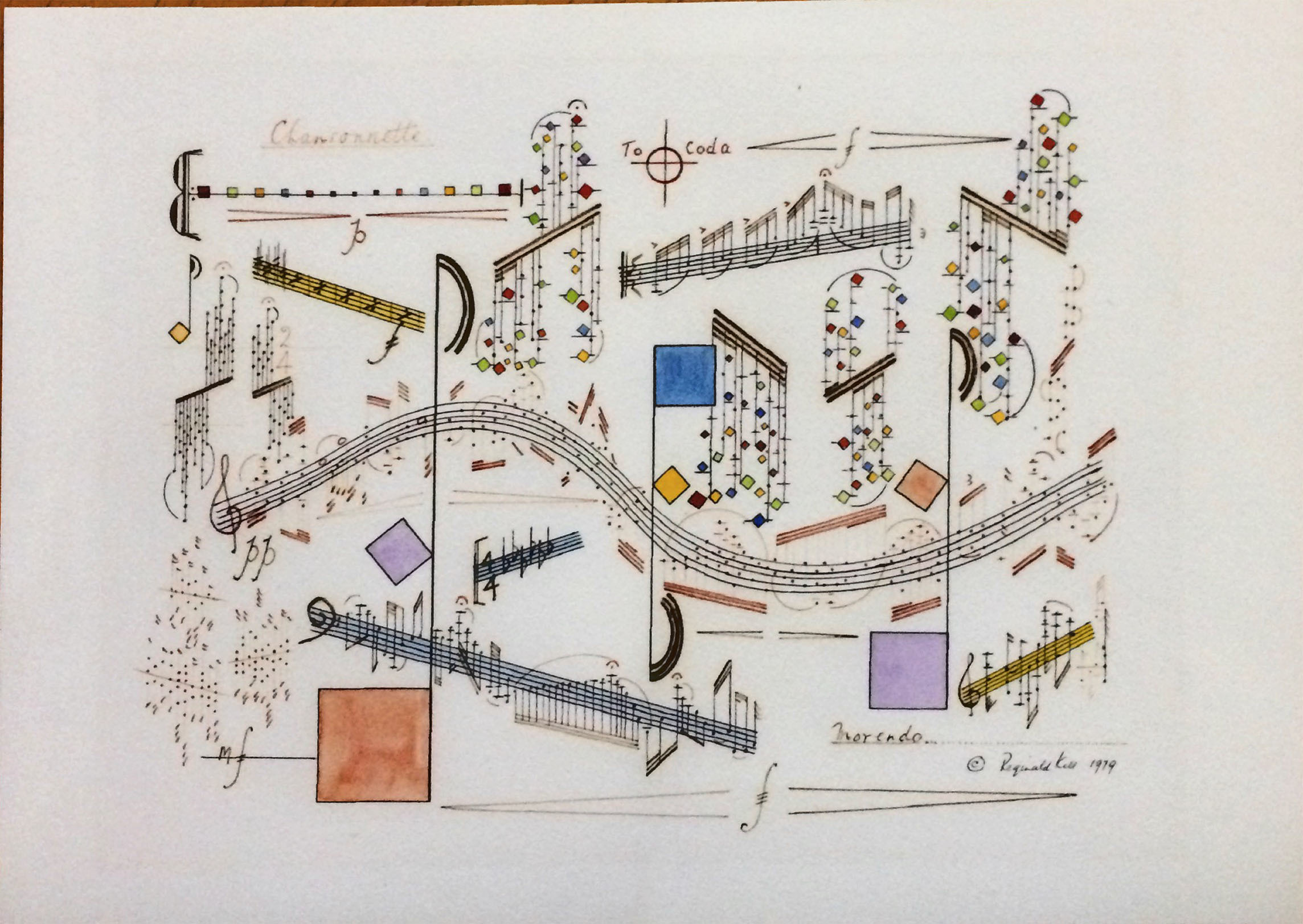The Great Reginald Kell
by Mitchell Estrin
Date Posted: January 09, 2019

Reginald Kell (1906-1981) was a great musician, distinguished concert artist, creative maverick, and clarinet virtuoso. Born in in York, England, Kell began his musical education on the violin but soon switched to the clarinet. His father, Frederick Kell, was a violinist and conductor of the York Symphony Orchestra (from 1932-1937). Kell’s early training as a string player likely contributed to his distinctive style as a clarinetist. His style featured a dramatic sense of rubato, impeccable and elegant phrasing, nimble articulation, and his signature vibrato.
Vibrato has long been a controversial topic for clarinetists. It is documented that Richard Mühlfeld (1856-1907), the renowned German clarinetist for whom Johannes Brahms composed his works for solo clarinet, performed with vibrato. Mühlfeld began his professional career as a violinist and later switched to the clarinet. Unfortunately, there are no known recordings of Mühlfeld.
Kell followed in his father’s and Mühlfeld’s footsteps by beginning on the violin, but became an accomplished clarinetist by the age of 15. He studied clarinet at the Royal Academy of Music under Haydn Draper (1889-1934), the nephew of clarinetist Charles Draper (1869-1952). It is interesting to listen to early recordings by both Haydn and Charles Draper, to note the clarinet lineage which influenced Kell in his formative years.
Haydn Draper – Brahms Trio, Op. 114 (1924)
Charles Draper –Mozart Quintet, K.581, movement 1 (1928)
Kell ascended rapidly to the highest professional ranks and was appointed to the principal clarinet chair of the Royal Philharmonic Society. He also held several other prestigious principal clarinet positions early in his career, including with the London Philharmonic and Philharmonia Orchestra. After performing for Arturo Toscanini at the Lucerne Festival, Kell was offered the principal clarinet position in the NBC Symphony in New York, but did not accept the invitation.
During his early career years, Kell established himself as a prominent concert soloist and chamber musician, developing a singular style that set him apart from his peers. His free use of rubato and vibrato was unique among clarinetists of the time. His early training as a string player, high regard for the playing of English oboist Léon Goossens (1897-1988), and his admiration of great singers likely led to Kell’s singing style and free use of vibrato. He was strongly criticized by clarinetists, many believing the clarinet should only be played with a straight tone without any vibrato. Although Kell became a controversial figure in the clarinet world, he was strongly encouraged and revered by a number of leading conductors of the time, who enjoyed his unique vocal approach to the clarinet. This list included maestros Arturo Toscanini, Sir Malcolm Sargent, Wilhelm Furtwängler, and Sir Thomas Beecham.
In preparing this article, I had the pleasure of speaking to Jeffrey Kell, the son of Reginald Kell, about his father’s life and illustrious career. When discussing his father’s unique musical style and the controversy that it caused, Jeffrey stated, "It is difficult when you are breaking new ground. This can be very tough on the individual, but this is how progress is made in the human endeavor. My father never shied away from anything difficult.”
During Kell’s early years, there were not many solo clarinet recordings available. He was the first clarinetist to commercially record a large catalogue of both standard and new repertoire. As a result, he became quite famous around the world. Kell became a crossover artist, long before this term was in vogue, performing and recording a diverse repertoire that included transcriptions and popular music of the time. His performances are noted for their artistic impact and singular style, and have withstood the test of time.
His celebrated live recording in 1937 of the Brahms Quintet with the Busch String Quartet is testament to his great artistry and masterful playing.
Movement 1
Movement 2
Movement 3
Movement 4
"His style featured a dramatic sense of rubato, impeccable and elegant phrasing, nimble articulation, and his signature vibrato." - Mitchell Estrin
As a teacher, Kell served on the faculty of the Royal Academy of Music in London for several years. After moving to America in 1948, he served as director of Boosey & Hawkes US Band Instruments Division and was also a faculty member of the Aspen Music Festival. His students included composer Harrison Birtwistle and jazz legend Benny Goodman, who studied the classical repertoire with Kell. Additionally, he authored several important clarinet foundational books, including The Kell Method for Clarinet (a comprehensive course in three volumes), 17 Staccato Studies, and 30 Interpretive Studies.
Kell retired from playing the clarinet in his early fifties. He performed his final concert to great critical acclaim at the Edinburgh Festival in Scotland. Kell then turned his full creative attention to painting, specializing in watercolors. He began as a landscape artist and eventually turned to painting geometric musical sketches.
Here are two examples of his geometric musical sketches.


Reprinted with permission from Jeffrey Kell
In his later life, Kell lived for a period of time in Carbondale, Colorado and spent his final years in Frankfort, Kentucky. His musical spirit, creative artistry, and virtuosity live on through his many celebrated recordings.
Here are links to a few of the many wonderful recordings made by Reginal Kell:
Fritz Kreisler Melodies
Mozart Clarinet Concerto
Templeton Pocket Size Sonata No. 1
Dance of the Three Old Maids
Subscribe to the We Are Vandoren E-newsletter (WAVE) to receive 4 weekly articles for Performers, Students, and Educators